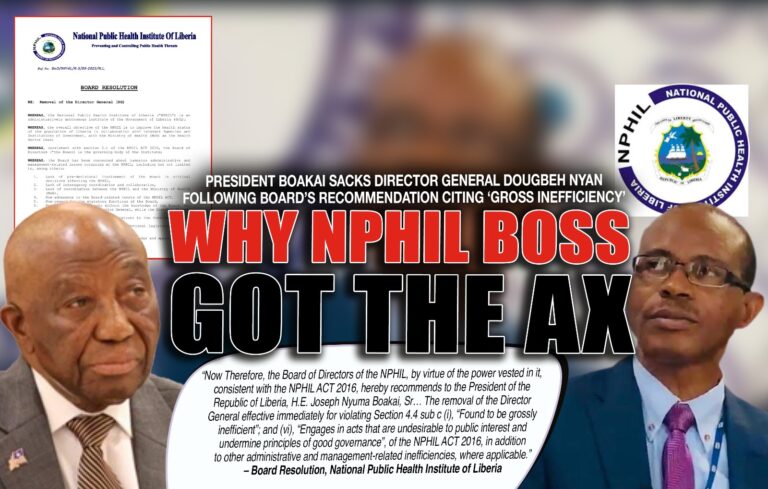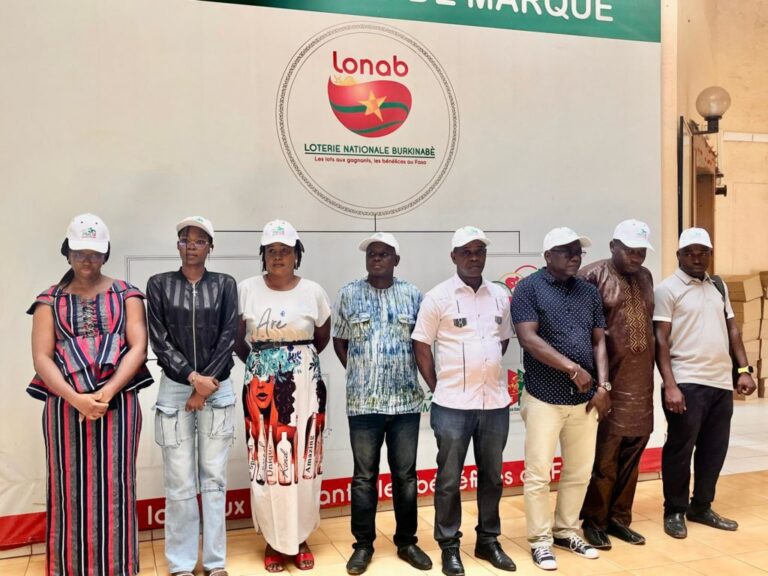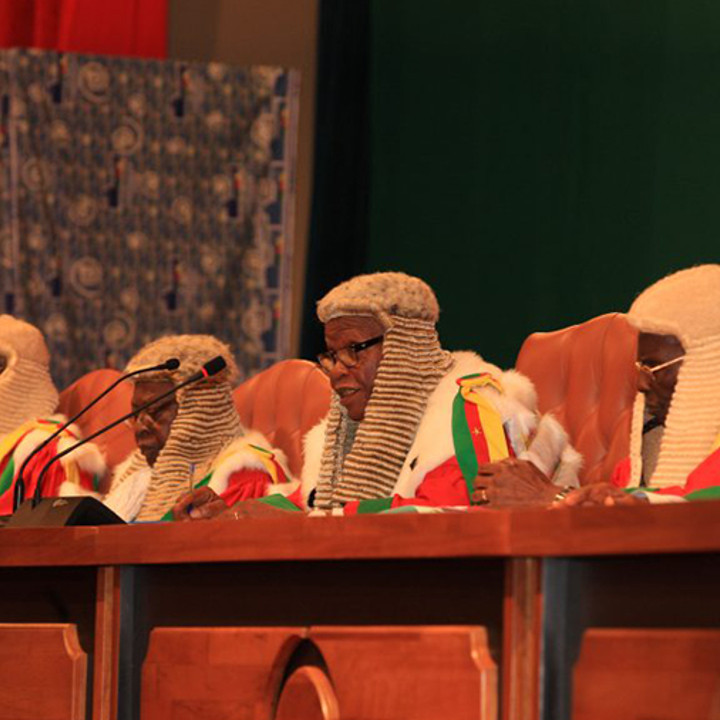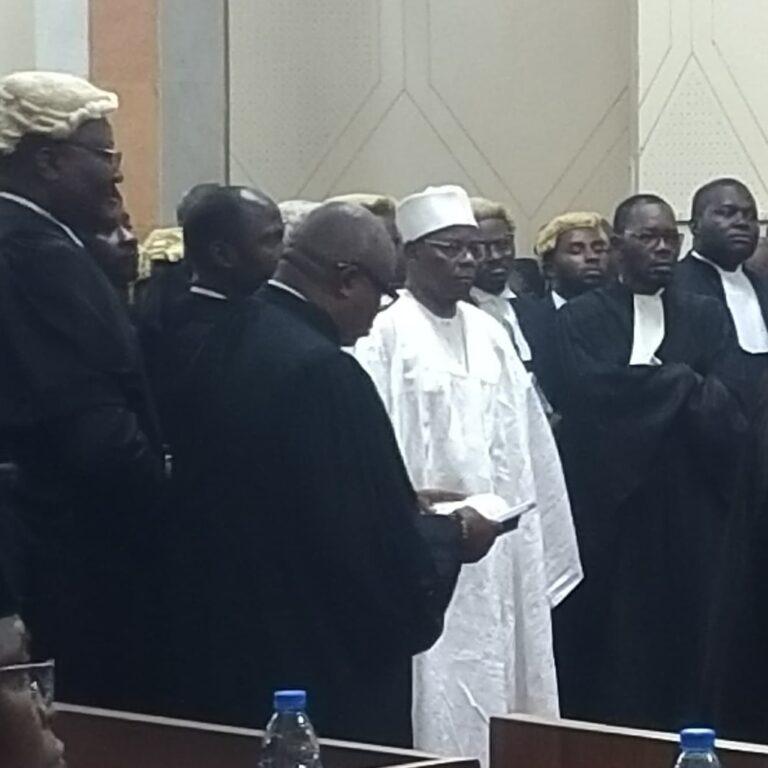Madagascar’s parliament voted to impeach embattled President Andry Rajoelina on Tuesday afternoon, just hours after he confirmed he had fled the country following weeks of deadly Gen Z protests. In a dramatic turn of events, an elite army unit known as CAPSAT announced it was “in charge” as parliament concluded the impeachment proceedings, marking one of the most significant political upheavals driven by youth activism in 2025.
The president attempted to dissolve parliament via a decree posted on social media from an undisclosed location, but the opposition rejected this move. Colonel Michael Randrianirina announced in a radio broadcast that CAPSAT was “in charge” and had suspended all democratic institutions except the lower parliament house, which voted to impeach Rajoelina. The suspended institutions included the senate, the electoral commission, and the constitutional court, addressing some of the protesters’ key demands.
CAPSAT will create a ruling commission involving army, police, and other security leaders, with plans to set up a civilian government after a few days. This marked a stunning victory for the Gen Z-led movement that began in late September, transforming local frustrations over utilities into a full-scale political revolution.
ALSO READ: Paul Biya and 9 Other Oldest Presidents in Africa in 2025
Recommended For You
The Madagascar crisis exemplifies a broader global phenomenon. Generation Z, armed with digital connectivity and united by shared grievances, is reshaping politics across continents. Here are eight countries that experienced significant Gen Z-led protests in 2025.
1. Madagascar
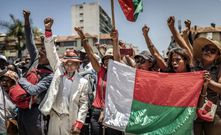
Madagascar Military Seizes Power As President Rajoelina Impeached And Reportedly Fled Country
Hundreds of angry protesters, led by a young movement called “Gen Z Madagascar,” began taking to the streets of the capital Antananarivo on September 25. The protests saw record turnout over the weekend, marking the largest demonstration in three weeks of unrest. What began as frustration over power outages and poor utilities escalated into demands for systemic political change.
Protesters denounced widespread poverty, high living costs, and state corruption, claiming business elites benefitted from government connections. The movement was remarkably organised, launching a website and issuing a three-point demand list: immediate resignation of Rajoelina and his government, dismantling of the Senate, electoral commission, and constitutional court, and prosecution of presidential adviser Maminiaina Ravatomanga.
Security forces responded violently, according to the United Nations, using rubber bullets and tear gas. At least twenty-two (22) people were killed and dozens injured. The turning point came when CAPSAT members joined demonstrators, calling for Rajoelina’s resignation and refusing orders to open fire.
The movement’s emblem, a flag depicting a skull and crossbones with a traditional Madagascan hat inspired by the Japanese comic One Piece, became a global symbol of youth rebellion, later appearing in protests in Indonesia and Nepal.
ALSO READ: Top 10 Countries in Africa with the Most Expensive Internet Data: 2025 Rankings
2. Nepal
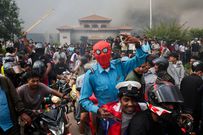
Nepal’s Gen Z uprising began in September 2025 after authorities banned twenty-six (26) social media platforms to curb dissent. For a digitally native generation, this act of censorship became the trigger for massive protests, primarily in Kathmandu.
The ban exposed years of frustration with corruption and nepotism. Young Nepalis were angry at how political elites enriched themselves while public infrastructure crumbled. The demonstrations turned violent as security forces clashed with protesters, with numerous casualties reported.
Images of officials flaunting luxury lifestyles amid economic hardship went viral, fuelling outrage. The protesters demanded accountability and an end to a political system that valued family ties over merit.
ALSO READ: Top 10 African Passports with the Most Visa-Free Destinations: October 2025 Power Rankings
3. Morocco
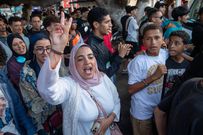
Youth take part in a protest demanding healthcare and education reforms, in Rabat, Sunday, Sept. 28, 2025. (AP Photo) AP
On September 27, 2025, Moroccan youth took to the streets under the slogan “We want hospitals, not stadiums.” The protests criticised government spending on World Cup infrastructure while neglecting healthcare and education.
Morocco’s youth face high unemployment, climate-induced water shortages, and rising inflation. Many viewed the government’s priorities as misplaced, favouring image-building over citizens’ welfare. The protests reflected Generation Z’s analytical approach, focusing on budget priorities and social justice rather than just emotional outrage.
ALSO READ: Top 10 Countries in the World with the Highest Number of Dollar Millionaires: 2025 Rankings
4. Kenya
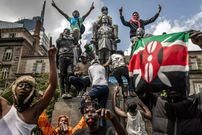
Photo by Luis Tato/AFP via Getty Images
Photo by Luis Tato/AFP via Getty Images
Kenya’s Gen Z protesters emerged in June 2025 as a formidable political force by opposing new tax proposals they argued would worsen economic hardship. The movement displayed high economic literacy, demanding fiscal transparency and accountability.
Young Kenyans rejected the idea that governments could impose taxes without consultation, insisting that citizens deserve a voice in economic policy. Their sustained protests pressured the government to reconsider several fiscal measures, proving that youth activism can lead to tangible policy outcomes.
ALSO READ: Top 10 Most Beautiful Hotels in the World: 2025 Rankings
5. Peru
![Hundreds of people marched over the weekend towards the seats of government in central Lima under a heavy police presence. [Sebastian Castaneda/Reuters]](https://myprontoafrica.com/wp-content/uploads/2025/10/bdd116c1-f2fd-4e98-8569-b548f75443c5.jpg)
Hundreds of people marched over the weekend towards the seats of government in central Lima under a heavy police presence. [Sebastian Castaneda/Reuters]
In Peru, protests erupted on September 20, 2025, over controversial pension reforms but soon evolved into a broader movement demanding President Dina Boluarte’s resignation.
The demonstrations exposed public anger at corruption and inequality, particularly among young Peruvians who felt excluded from economic stability. Pension reform became a symbol of policies that served elites rather than ordinary citizens.
ALSO READ: Top 10 African Countries with the Largest Gold Reserves in 2025
6. Indonesia
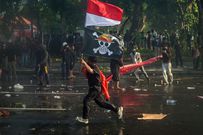
A protester carries Indonesia’s national flag and a pirate flag from the Japanese anime One Piece during a protest in front of the governor’s residence in Surabaya on August 29. Juni Kriswanto/AFP/Getty Images
Indonesia saw widespread Gen Z protests in August 2025 after revelations about extravagant housing allowances for politicians. The movement addressed broader issues of inequality, corruption, and police brutality.
Youth organisers used social media to coordinate protests across cities and share real-time updates. Their activism reflected growing discontent with an entrenched elite class and drew inspiration from similar movements abroad.
ALSO READ: Top 15 Richest African Presidents in History and Their Net Worth
7. Philippines
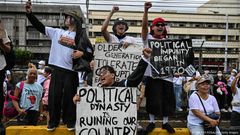
Filipino Gen Z activists launched nationwide protests in 2025 demanding government accountability and anti-corruption reforms. Their approach combined local grievances with global calls for transparency and justice.
Through social media, young Filipinos built alliances with youth movements across borders, demonstrating how Generation Z connects local struggles to global causes.
ALSO READ: Here’s Why the Sierra Leonean Leone is Africa’s Weakest Currency
8. Paraguay
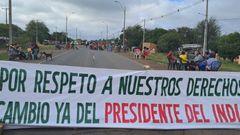
In October 2025, Paraguay became the latest Latin American country to witness a surge of Gen Z-led protests after the government announced sweeping budget cuts to public education. Thousands of students and young professionals took to the streets of Asunción and other major cities, accusing the administration of President Santiago Peña of prioritising debt repayment and foreign investments over social welfare.
The demonstrations were initially peaceful but soon escalated as police used tear gas and rubber bullets to disperse crowds.
ALSO READ: Leading the Future: African Countries Where Cryptocurrency is Legal
What Gen Z Protests Mean for Global Politics
Generation Z has proven capable of organising complex political movements that integrate digital activism with street mobilisation. Attempts at censorship, as seen in Nepal, often strengthen their resolve.
Across all eight countries, Gen Z protesters demanded accountability, transparency, and meaningful participation in governance. Their movements show that young people worldwide are no longer content to be silent spectators.
The question facing world leaders now is whether they will respond with reform or repression. Can traditional systems withstand the collective force of a connected, politically aware generation determined to reshape the world they will inherit?








